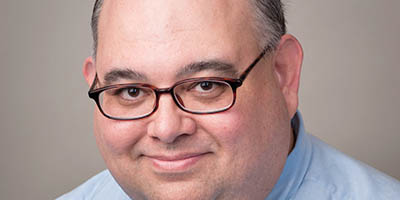by Michael Podrebarac
“The church, therefore, earnestly desires that Christ’s faithful, when present at this mystery of faith, should not be there as strangers or silent spectators. On the contrary, through a good understanding of the rites and prayers, they should take part in the sacred action, conscious of what they are doing, with devotion and full collaboration. They should be instructed by God’s word, and be nourished at the tableof the Lord’s Body. They should give thanks to God. Offering the immaculate victim, not only through the hands of the priest, but also with him, they should learn also to offer themselves. Through Christ, the Mediator, they should be drawn day by day into ever more perfect union with God and with each other, so that finally God may be all in all” (Constitution on the Sacred Liturgy, 48).
This November marks the 50th anniversary of the Constitution on the Sacred Liturgy, the first document issued by the Second Vatican Council. The above paragraph offers a blueprint of the hopes of the bishops at the council regarding the faithful and their participation in the eucharistic celebration.
Fifty years later, we cannot help but ask: How well are we doing?
There is little doubt that the faithful have come to take a renewed ownership of the Mass this past half-century. Through words, gestures and postures, the outward participation of the people of God is evident on most Sundays. So, check.
The table of the word of God and the table of sacrifice and Communion both contribute to that one single act of worship that we call the liturgy. Again, check.
More than ever, at least since the Roman liturgy was celebrated in Greek, we know that the very word Eucharist means “to give thanks.” Check.
The collaboration between priest and congregation is pretty much a given these days. We know that the anointed hands of the priest work to serve the needs of the people of God at worship. In turn, we acknowledge that the sacrifice that is offered belongs to both priest and people. Check, check, check.
But what about the part about us offering ourselves? Do we truly comprehend this? Do we see the Mass as something we offer, or merely something that always must engage our senses and entertain our hearts lest it have failed?
Further, do we experience the Mass as drawing us into union with God ever more perfectly, little by little, Sunday after Sunday? As drawing us closer toward one another?
So, how are we doing, 50 years later? What can we do to further fulfill the council’s blueprint? After all, it’s only been 50 years — where do we go from here?


